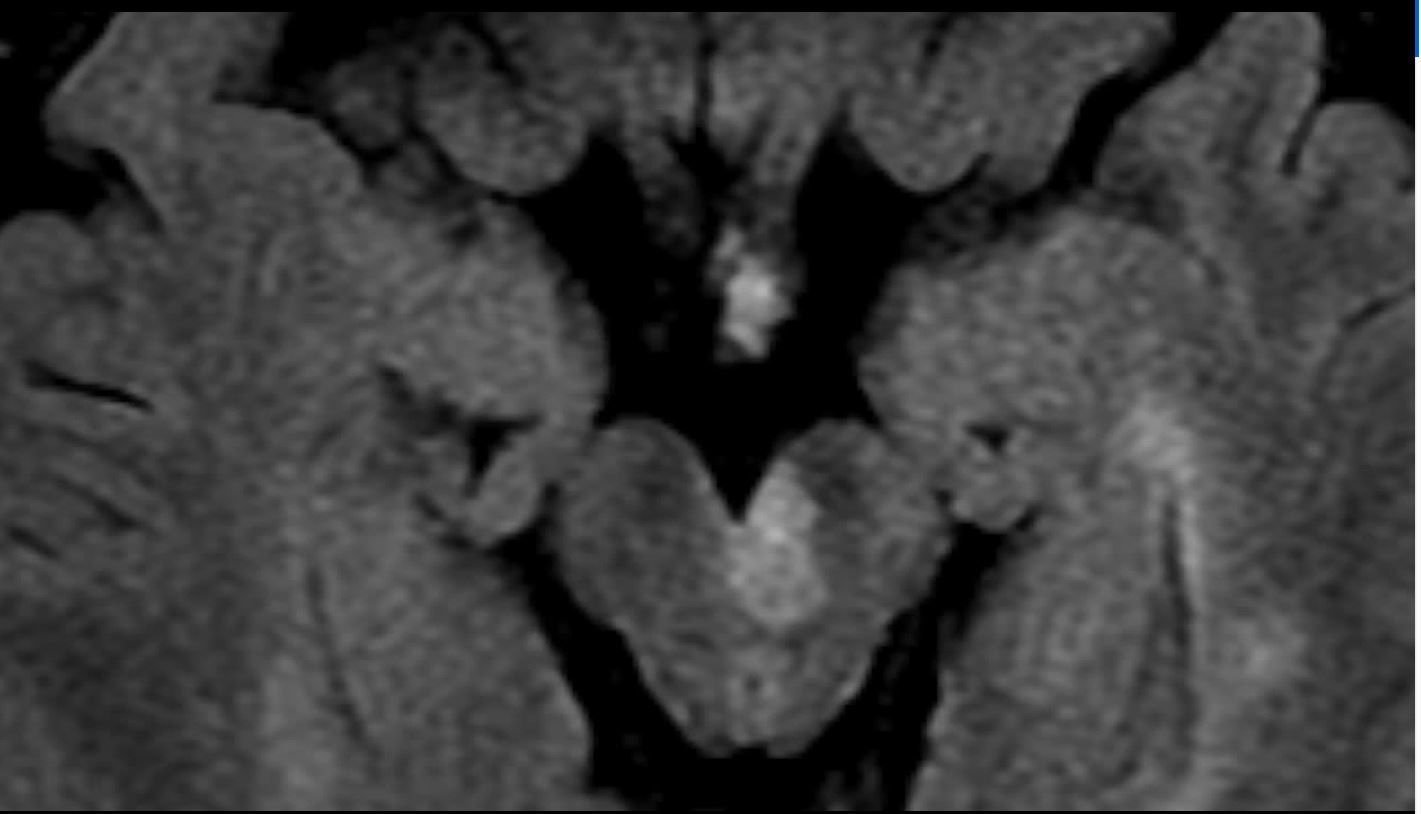Single Ocular Motor Cranial Nerve Palsies With Accompanying Abnormalities
- Single ocular motor cranial nerve palsy with other pertinent neurologic or systemic abnormalities (“ocular motor nerve palsy plus”)
- Third nerve palsy + congestive orbitopathy = carotid-cavernous fistula
- Third nerve palsy + bitemporal hemianopia = sellar lesion
- Third nerve palsy + contralateral hemiparesis = midbrain lesion (Weber syndrome)
- Third nerve palsy + ipsilateral afferent pupil defect = orbital apex/superior orbital fissure lesion
- Third nerve palsy + tremor = tegmental midbrain lesion
- Fourth nerve palsy + convergence retraction eye movements = dorsal midbrain lesion
- Sixth nerve palsy + history of cancer = clival or meningeal metastasis
- Sixth nerve palsy + papilledema = increased intracranial pressure causing stretch damage of sixth nerve (“false-localizing sixth nerve palsy”)
- Sixth nerve palsy + lumbar dural puncture = intracranial hypotension
- Sixth nerve palsy + ipsilateral trigeminal sensory loss = cerebellopontine angle or Meckel’s cave lesion
- Sixth nerve palsy + gaze palsy + seventh nerve palsy = pontine lesion
- Graves disease
- Genetic extraocular myopathy
- Orbital myositis, tumor, trauma
- Myasthenia gravis
- Look beyond the single neuro-ophthalmic abnormality for other pertinent neuro-ophthalmic, neurologic, or systemic abnormalities
- Order brain MRI and other relevant imaging studies
- If unrevealing, order lumbar puncture
- Order catheter cerebral angiogram if you suspect carotid-cavernous fistula for which endovascular closure is needed
- Testing usually reveals a complex disorder
- Outcome depends on the nature of the disorder
